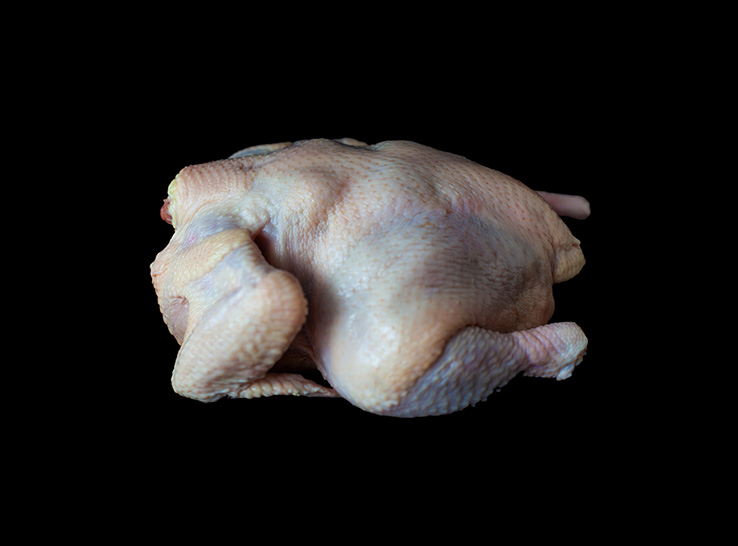
Could on-farm processing be poultry’s future?
The ability to process birds on farms and eliminate live transport offers some compelling benefits to the poultry industry whose customers are increasingly disconnected from animal agriculture.

The ability to process birds on farms and eliminate live transport offers some compelling benefits to the poultry industry whose customers are increasingly disconnected from animal agriculture.

Nutritionists know there is often an “ideal level” when dosing feed enzymes. The challenge is determining this level in the feed matrix for optimal response and measurable economic benefits.
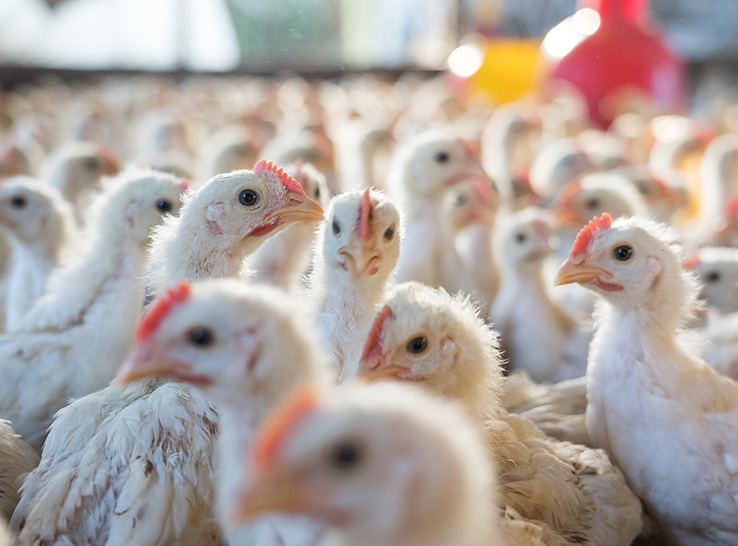
Postbiotics might be a relatively new term in the field of animal feed and microbiology, but they could play a significant role in improving the gut health, immune systems and overall well-being of commercial poultry flocks.
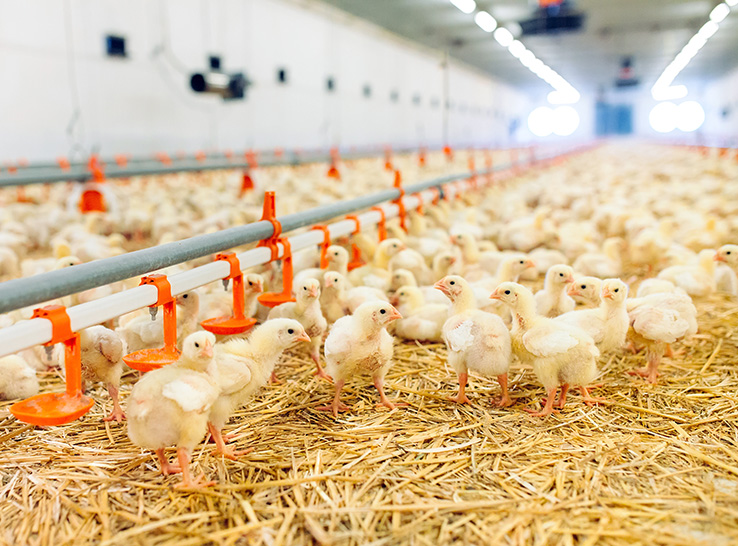
Phytases traditionally have been used to increase available dietary phosphorus in poultry and other animal diets, but a growing body of evidence is showing that their effects can be much broader.

Biosecurity is the cheapest, most effective means of disease prevention and control available. Proper biosecurity will help to ensure the overall health and welfare of your flock.
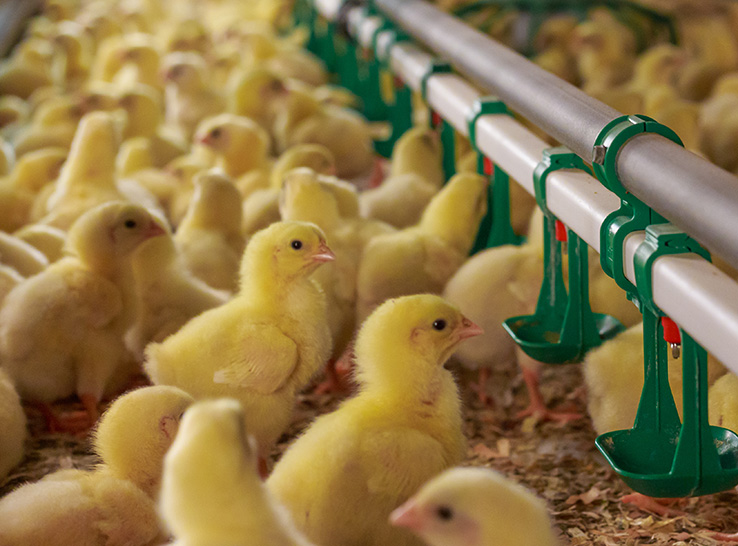
The first few days of life are some of the most important in chicks’ lives. During this time, chicks start developing and set themselves up for the rest of their lifetime. The husbandry decisions made at this point can impact the birds’ growth, development, health and welfare.

Using the commercial feed enzyme β-mannanase can improve energy digestibility of corn-soy feed for chickens, both alone and in combination with xylanase and glucanase, research by São Paulo State University scientists in collaboration with BASF suggests.
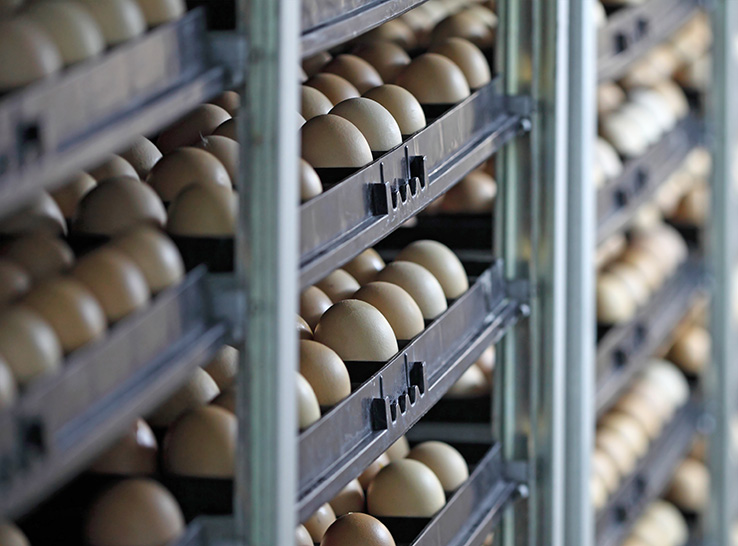
The incubation environment is important for embryonic development and programs chick welfare. The focus of this newsletter is on the effects of the incubator environment on chicken egg incubation, but the same principles can apply to other poultry species.

Tryptophan is an essential amino acid, which is the building block of protein, therefore it cannot be synthesized by the body itself and must be obtained through food; it is important for many metabolic functions. A tryptophan deficiency could affect behavioral responses to stress in poultry.

The chicken carcass is the broiler industry’s final product, but a range of issues can affect its quality and, ultimately, the amount of edible food available for consumers. For producers, there are a variety of ways to manage outcomes, says an industry expert — starting with the earliest stages of birds’ lives.
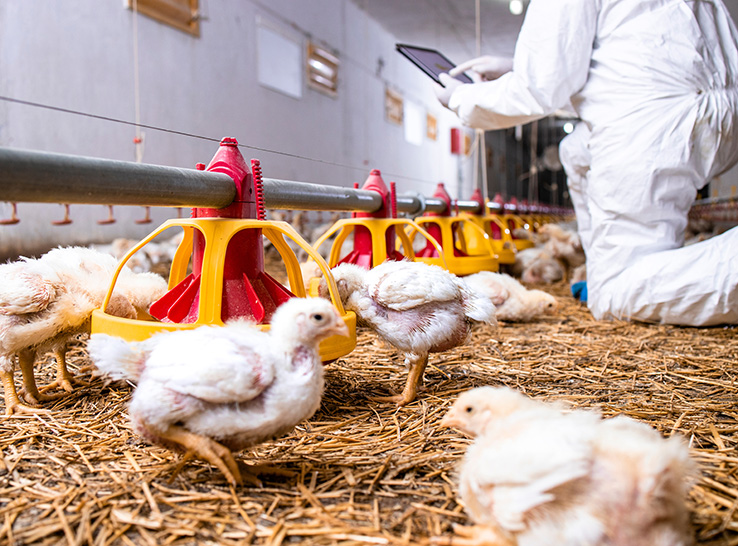
The topic of sustainability has expanded over the years and is dependent on many aspects. Among those are feed, bird productivity and health.
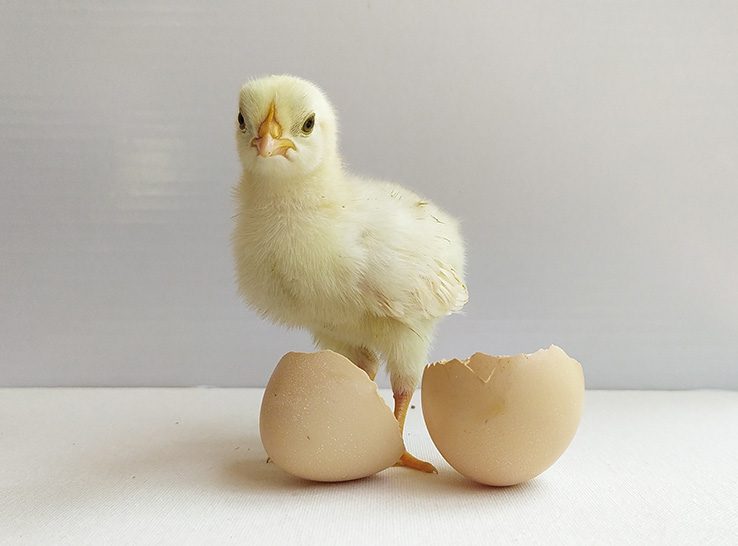
On-farm hatching of broilers may be a viable option to increase efficiency by increasing hatchability and reducing total mortality during rearing, according to scientists in Denmark.